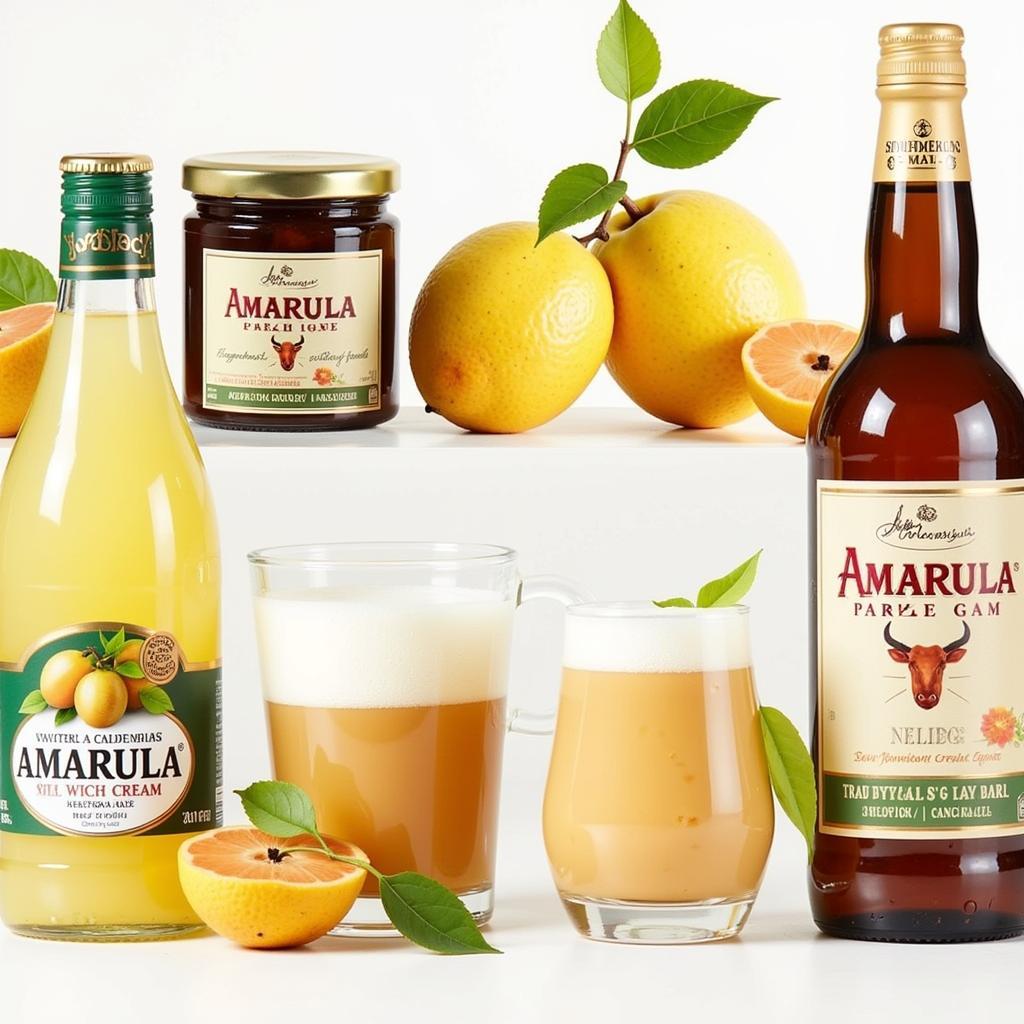Discovering the Wonders of the African Fruit Marula
The African Fruit Marula, a versatile and culturally significant fruit, holds a special place in the hearts of many across the African continent. From its rich history and diverse uses to its intriguing taste and surprising health benefits, the marula fruit offers a fascinating glimpse into African life and traditions. This remarkable fruit truly deserves its reputation as a treasure of the African savanna.
The Marula Tree: A Botanical Marvel
The marula tree (Sclerocarya birrea) is a deciduous tree native to the miombo woodlands of Southern Africa, as well as parts of West Africa and Madagascar. It thrives in warm, frost-free areas, growing up to 18 meters tall with a wide, spreading crown. The tree is dioecious, meaning there are separate male and female trees. Only the female trees bear the coveted marula fruit, a yellow-skinned, plum-sized fruit with a white, juicy flesh surrounding a hard, stone-like pit containing 2-3 seeds. The fruit ripens between January and March, falling to the ground where it’s often collected by local communities and wildlife alike.
The marula tree is more than just a source of delicious fruit. Its bark, leaves, and roots have been used for centuries in traditional medicine to treat various ailments, from fevers and malaria to dysentery and even snakebites. This long history of medicinal use speaks to the deep connection between the marula tree and the people who live alongside it.
From Fruit to Feast: Culinary Uses of the Marula Fruit
The African fruit marula offers a delightful culinary experience, with its unique flavor profile described as a blend of citrus, pineapple, and lychee. The ripe fruit can be eaten fresh, straight from the tree, offering a refreshing and tangy treat. It is also often used to make jams, jellies, and juices, preserving its vibrant taste for enjoyment throughout the year.
Perhaps the most famous use of the marula fruit is in the production of Amarula, a popular cream liqueur known for its smooth, rich flavor. The fruit is also fermented to create a traditional alcoholic beverage, often called marula beer or wine. This brewing process, passed down through generations, holds cultural significance in many African communities.
 Marula Fruit and its Various Products
Marula Fruit and its Various Products
The Marula Fruit and Wildlife: A Shared Bounty
The marula fruit isn’t just a favorite among humans. It’s also a vital food source for a wide range of African wildlife, including elephants, giraffes, zebras, and various species of monkeys and birds. The fallen fruit provides essential nutrients for these animals, especially during the dry season when other food sources are scarce.
The claim that elephants can get drunk from eating fermented marula fruit is largely a myth. The amount of fermented fruit an elephant would need to consume to become intoxicated is far beyond their normal feeding habits. However, the abundance of ripe fruit certainly attracts these magnificent creatures, creating a fascinating spectacle in the African bush.
“The marula tree is truly a keystone species in the African savanna,” says Dr. Amani Nkosi, a renowned botanist specializing in African flora. “It supports a complex ecosystem, providing food and shelter for numerous animals and contributing to the overall biodiversity of the region.”
The Nutritional Powerhouse: Health Benefits of Marula
The African fruit marula is packed with nutrients, including vitamin C, antioxidants, and essential minerals. It’s a good source of dietary fiber and contains healthy fats, making it a nutritious and energizing food. The high vitamin C content boosts the immune system and protects against cell damage, while the antioxidants contribute to overall health and well-being.
Traditional medicine has long recognized the medicinal properties of the marula fruit, using it to treat a variety of ailments. Modern research is beginning to validate some of these traditional uses, exploring the potential of the marula fruit in treating various conditions.
 Nutritional Chart of Marula Fruit
Nutritional Chart of Marula Fruit
Conclusion: The Marula Fruit – A True African Gem
The African fruit marula, with its rich history, diverse uses, and remarkable nutritional value, truly stands out as a unique and valuable resource. From its culinary applications to its ecological importance, the marula fruit plays a vital role in African Life and culture. So, next time you encounter this remarkable fruit, take a moment to appreciate its significance and the wonders it holds within.
FAQ
- What does marula fruit taste like? It has a unique flavor profile often described as a blend of citrus, pineapple, and lychee.
- When is marula fruit season? The marula fruit typically ripens between January and March.
- What is Amarula made from? Amarula is a cream liqueur made from the marula fruit.
- What animals eat marula fruit? Many African animals, including elephants, giraffes, and monkeys, enjoy marula fruit.
- What are the health benefits of marula fruit? It’s rich in vitamin C, antioxidants, and healthy fats.
- Where does the marula tree grow? The marula tree is native to Southern Africa, parts of West Africa, and Madagascar.
- Can you eat marula fruit raw? Yes, ripe marula fruit can be eaten straight from the tree.
Need more assistance? Contact us at Phone: +255768904061, Email: [email protected] Or visit us at: Mbarali DC Mawindi, Kangaga, Tanzania. We have a 24/7 customer service team.

